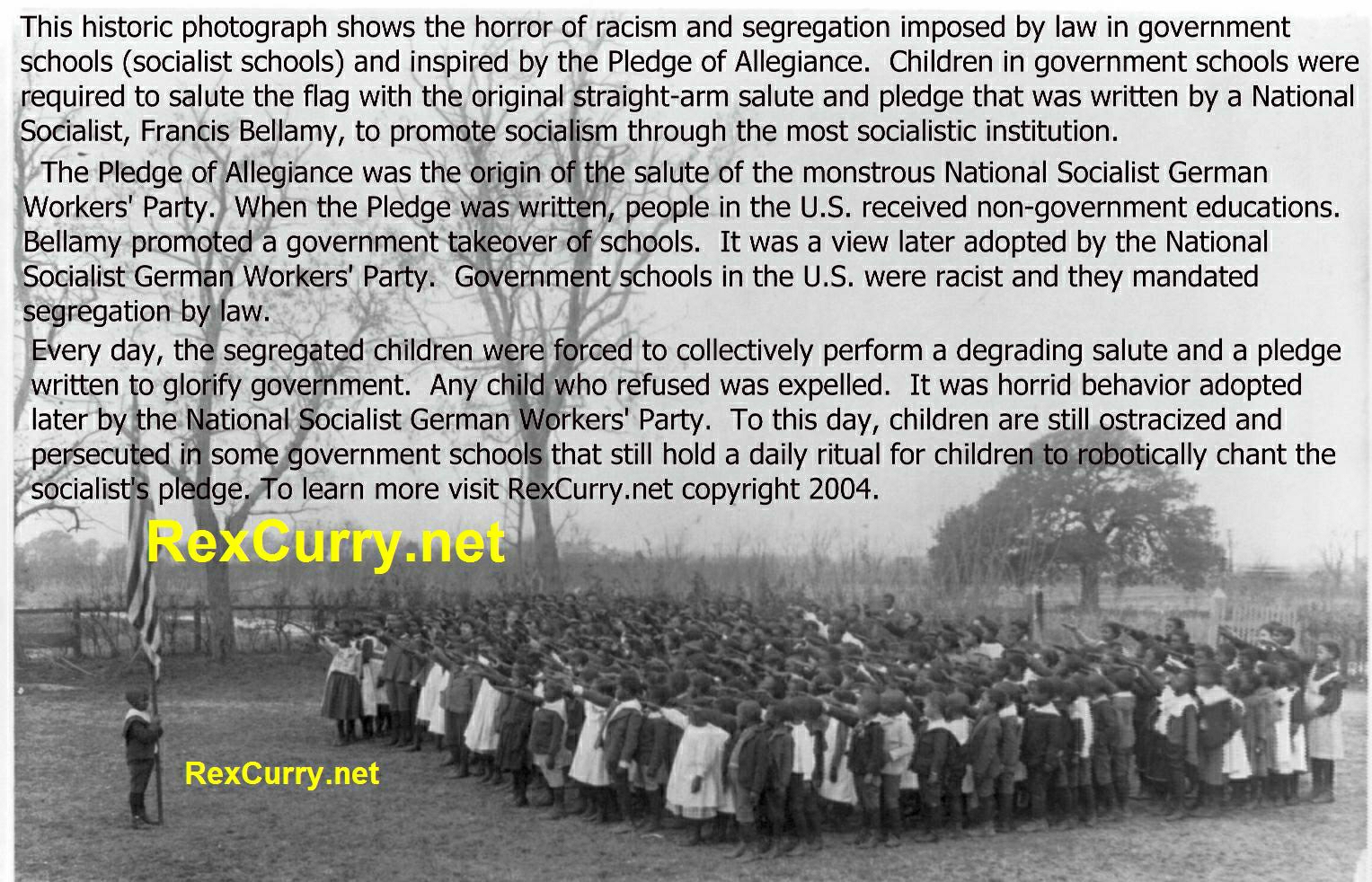
EDWARD BELLAMY http://rexcurry.net/edward%20bellamy.jpg EDWARD BELLAMY
EDWARD BELLAMY SWASTIKA http://rexcurry.net/swastika3clear.jpg SWASTIKA EDWARD BELLAMY

EDWARD BELLAMY SWASTIKA http://rexcurry.net/swastika3clear.jpg SWASTIKA EDWARD BELLAMY
| Pledge of Allegiance in
images & more at http://rexcurry.net/book1a1contents-pledge.html For fascinating information about symbolism see http://rexcurry.net/book1a1contents-swastika.html Hear audio on worldwide radio at http://rexcurry.net/audio-rex-curry-podcast-radio.html Fan Mail http://rexcurry.net/pledge_heart.html |

| Pledge of Allegiance in
images & more at http://rexcurry.net/book1a1contents-pledge.html For fascinating information about symbolism see http://rexcurry.net/book1a1contents-swastika.html Hear audio on worldwide radio at http://rexcurry.net/audio-rex-curry-podcast-radio.html Fan Mail http://rexcurry.net/pledge_heart.html |
Marx did not describe a systematic utopia or vision of socialism. Bellamy
did.
That Dewey, Beard, and Weeks would rank highly people who inspired so much
misery and mass slaughter (such as the socialists Edward Bellamy and Karl
Marx) is no surprise.
Charles Beard was a socialist. Charles Austin Beard married Mary Ritter
Beard in 1900 when she taught high school German (she stopped teaching). They
had met at De Pauw. Mary Beard accompanied her husband to Oxford, and both
were active politically as well as academically. Charles Beard helped organize
Ruskin Hall, the "free university" aimed at workingmen, and Mary became involved
with the British women's suffrage movement. The school might have actually
been free in the sense that it might not have been a government school (socialist
school) paid for via theft / taxation, unlike the government schools that
socialist support today.
The Beards returned to New York in 1902. Their daughter Miriam was born in 1903. The following year the Beards enrolled at Columbia University, but Mary quit soon after to take care of their child. Not only did she quit work to be a mother, an additional irony is that she still found time to volunteer for socialist causes.
Following the birth of her son William in 1907, Mary Beard became an organizer for the National Women's Trade Union League. From 1910 to 1912 she edited the suffragist periodical The Woman Voter, and after that worked with the Wage Earner's League. She was a member of the militant faction of the suffrage movement led by Alice Paul from 1913 to 1919, and she worked on several progressive causes. During this period, Charles taught at Columbia University, but he resigned in 1917 in protest of the firing of anti-war faculty. Charles helped establish the New School for Social Research (later joined by refugees from the Franfurt School) and both Beards helped found the Workers Education Bureau, but by the early 1920, the Beards generally worked outside of academic institutions.
Following her resignation from the National Woman's Party in 1917, Mary Beard devoted her skills and efforts to writing and lecturing, rather than public political activity. Her first book, Woman's Work in Municipalities (1915) and her second, A Short History of the American Labor Movement (1920), focused on socialism and the "working class." With Charles, she co-authored The Rise of American Civilization (1927), a text that integrated political, economic, social, and cultural histories with a progressive vision of America's past and distinctive national character. The two collaborated on several books.
Neither of the Beards avoided controversy in their writings or public
stands. Both were described as historians. They increasingly drew criticism
for their pacifist and socialist politics in the years surrounding World
War II. Charles Beard died in 1948, and Mary Ritter Beard died on 14 August
1958.
EDWARD BELLAMY http://rexcurry.net/edward%20bellamy.jpg
EDWARD BELLAMY

EDWARD BELLAMY http://rexcurry.net/edward%20bellamy.jpg
EDWARD BELLAMY
EDWARD BELLAMY SWASTIKA http://rexcurry.net/swastika3clear.jpg
SWASTIKA EDWARD BELLAMY

EDWARD BELLAMY SWASTIKA http://rexcurry.net/swastika3clear.jpg
SWASTIKA EDWARD BELLAMY